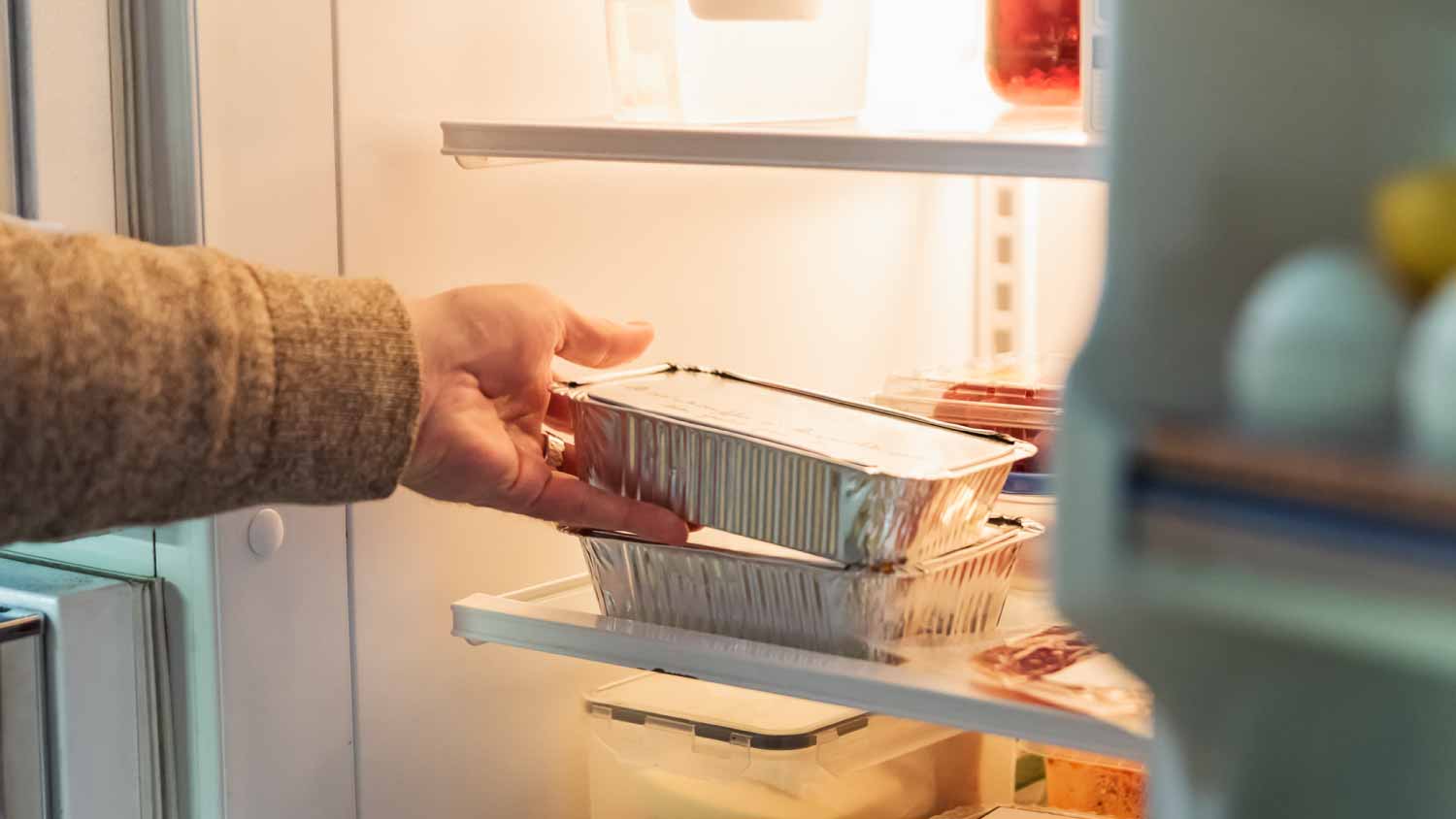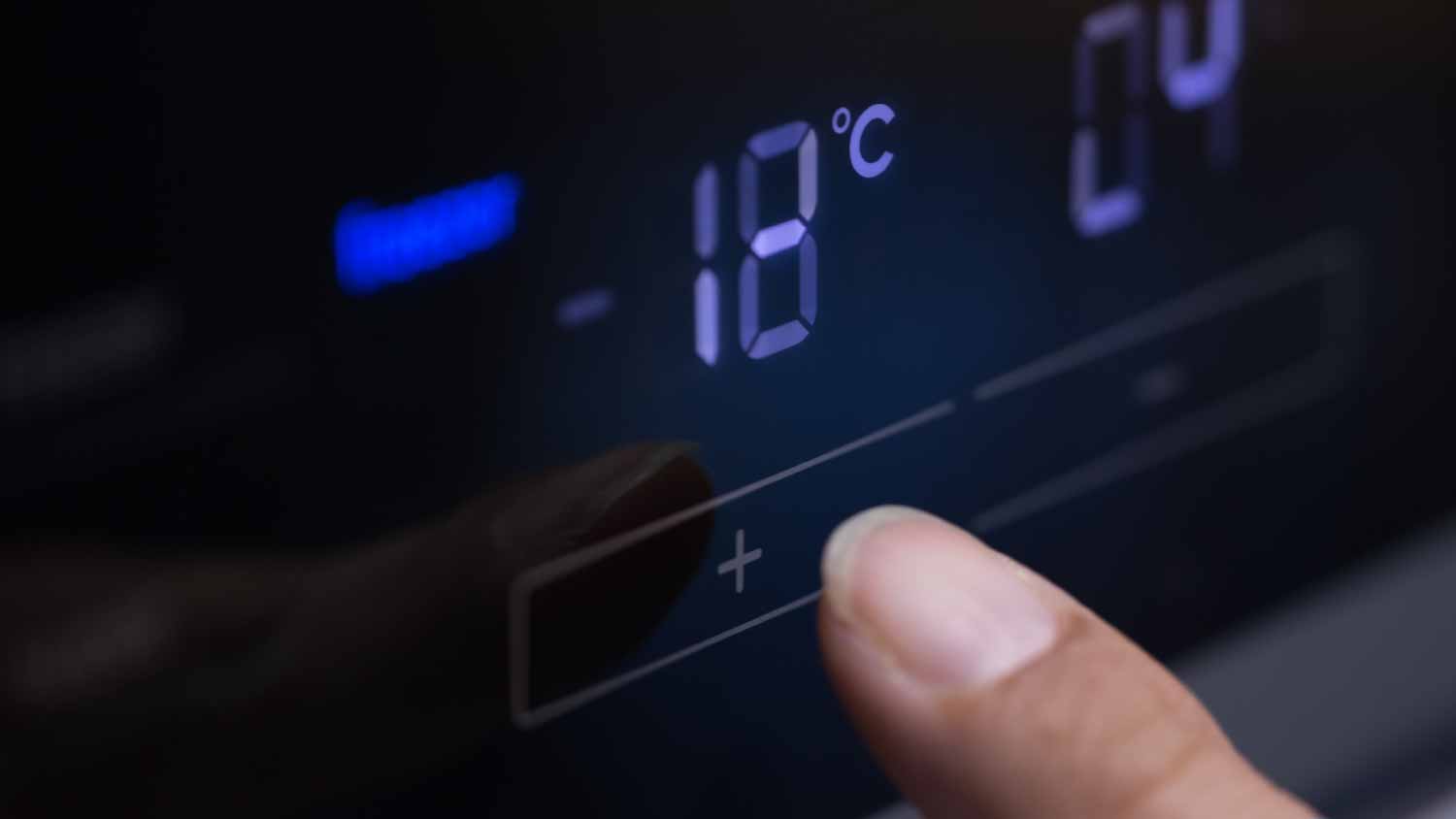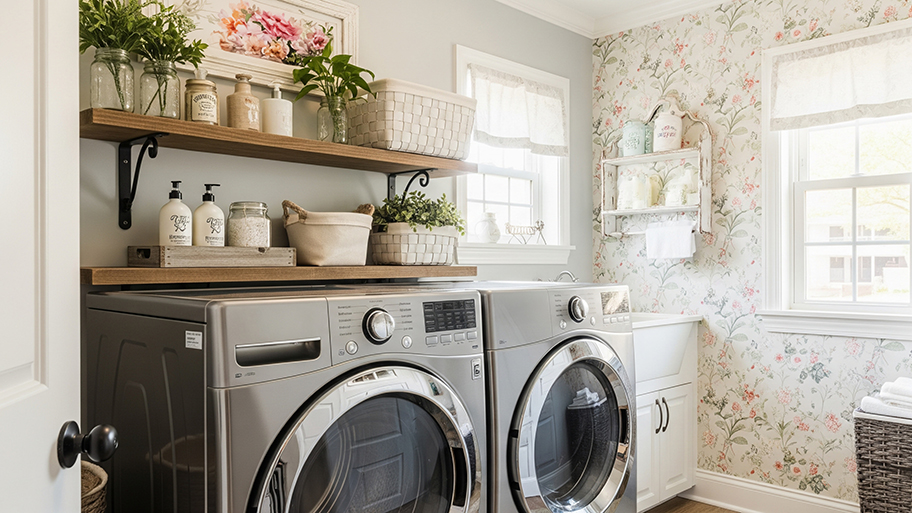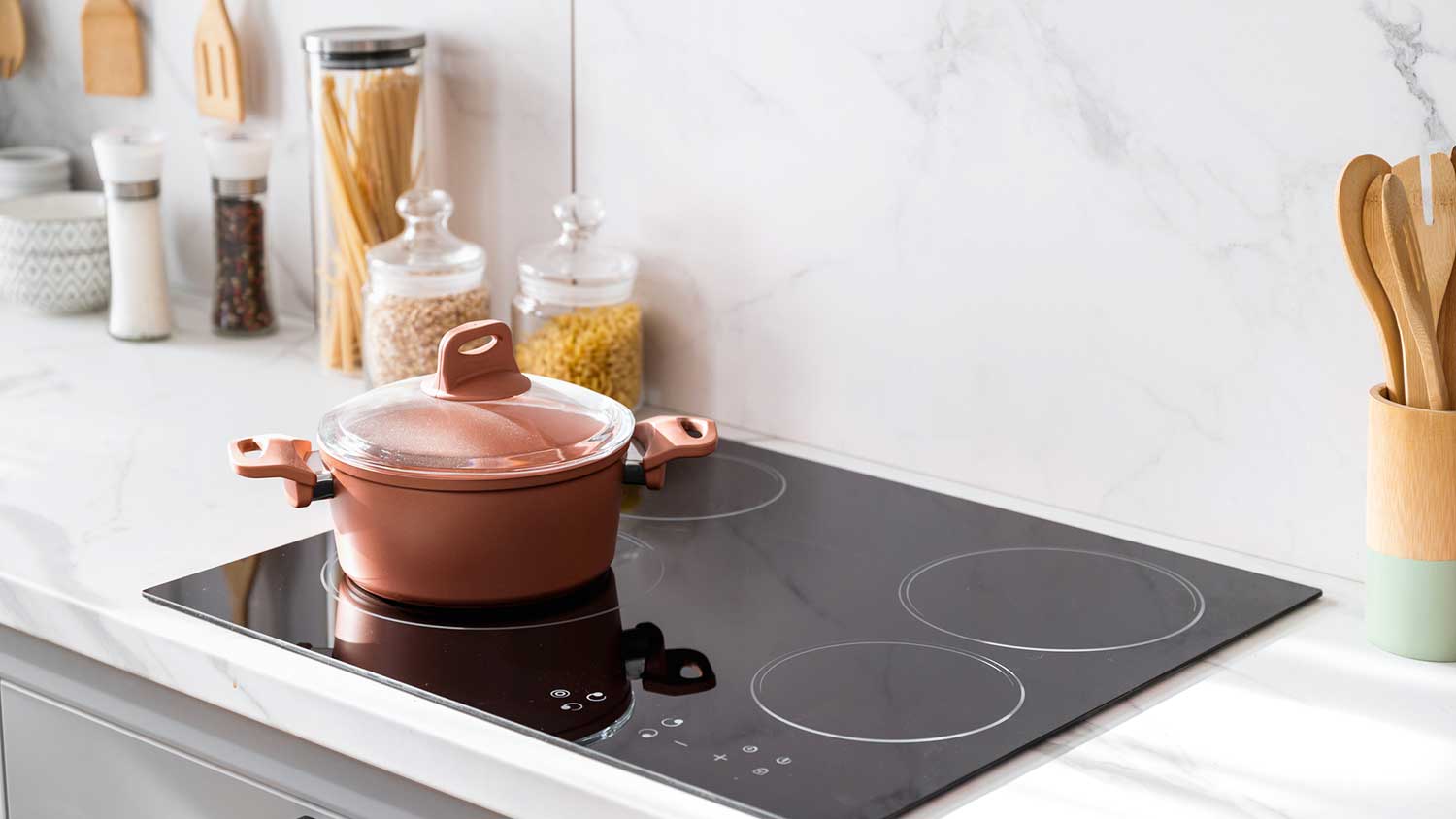
Installing a gas dryer can help you save on your monthly energy bills. Depending on whether you need a new gas line, gas dryer installation costs will vary greatly.
Don't let brown refrigerator liquid spoil your appetite


Sometimes the fix is as easy as cleaning up food spills.
Dirty coils mixed with condensate can create a brown liquid.
Make sure your water filter is properly installed.
If you notice a refrigerant leak, call a pro immediately.
Seeing brown liquid seep out from your refrigerator is more than a little unsettling. In addition to killing your appetite, it can indicate serious problems, like a refrigerant leak. However, in some cases, the fix is simple and easy for most homeowners to address themselves. Use this guide to learn why your refrigerator might be leaking brown liquid and whether you can fix it yourself or you should call a pro to handle it.
To reduce the risk of water damage caused by faulty appliances, make it a habit to check for signs of dampness, mold, and pooling water monthly.

In some cases, your fridge is leaking brown liquid simply because some food spilled inside of it.
Check the refrigerator for any spills or open containers that might have spilled. It's also a good idea to check the crisper drawers for any forgotten produce that might be draining liquid. If you identify the culprit, simply remove the leaky container and clean up the spill.
The defrost drain removes water that's produced during your freezer's defrost cycle. If the drain is dirty, blocked, or frozen, water can overflow and mix with dirt or corrosion found on the fridge, creating brown liquid.
Inspect the defrost drain for any blockages or debris buildup. It's usually located near the rear bottom of your freezer. If there's ice in the drain, use a cloth dipped in warm water to defrost the ice and remove the blockage.
If food particles and other non-frozen debris are clogging the drain, try pouring 1 cup of baking soda down the drain, followed by 1 cup of water. Let the mixture sit and bubble before rinsing it away. If debris remains, use a strong wire or drain snake to remove any remaining clogs.
Drain pans are designed to collect condensation from your fridge and freezer so that it doesn't leak onto the floor. But over time, the pan can get dirty and corroded, creating a brown liquid when mixed with condensation. If the pan is damaged, that liquid can leak onto the floor.
Check the drain pan for damage, such as holes, cracks, and rust. You'll usually find it at the bottom of the fridge or freezer, potentially behind the kickplate or in the back of the appliance. However, it might also be located underneath the fridge or freezer. If you notice any damage, you probably need to replace the drain pan with a new one.

If you have a water filter in your fridge, it could be the culprit behind the brown liquid you're seeing. Faulty, very old, and/or improperly installed water filters can potentially cause the fridge to leak brown water, especially if the water supply has high mineral content or is contaminated.
Make sure the water filter is installed properly and to the manufacturer's recommendations. If you're not sure, call a local fridge repair person to check it out. You should also make sure to change the water filter regularly, according to the manufacturer's recommendations.
If your refrigerator isn't cooling effectively or efficiently and/or you hear hissing and bubbling noises coming from it, you might have a refrigerant oil leak coming from the refrigerant lines.
Refrigerant leaks should always be handled by a qualified refrigerator repair person since handling refrigerant can be dangerous and potentially harmful to your health. So if you suspect a leak, call a pro to come check it out immediately.

Typically located in the back or beneath the fridge, the condenser coils dissipate heat extracted from the fridge's interior to help maintain a cool temperature. But over time, they can get dirty or corroded, and when mixed with condensate, they can leak brown liquid.
Use a coil brush and a vacuum cleaner with a hose attachment to clean the condenser coils, removing dust and debris. As preventative maintenance, it's best to do this at least one to two times per year.
Your fridge's water line supplies water to the ice maker and water dispenser. If it's damaged or accumulates any rust, it can cause the water to turn brown.
Inspect the water line, which is typically a plastic or copper tube located in the back of the freezer and connected to a water supply valve. If you notice any rust or other damage, call a pro to replace it immediately, and avoid drinking the contaminated water until it's fixed.
While it may look like a simple cooling device, your refrigerator is a complex appliance. If, for instance, the temperature setting is off by even a few degrees, the risk of food spoilage is high. In addition, given the number of small parts that comprise a fridge, it’s not an appliance that even seasoned DIYers should undertake—ultimately, you could cause more damage or even void your fridge’s warranty. Leave this repair to a fridge repair pro near you and save yourself time and trouble.
Hired CertaPro for a small drywall repair. They got the job handled quickly and matched up the paint color. Big or small, they?ve handled each job with quality work.
Eliot was very professional and communicated with my husband and I across all aspects of the project. He completed all the jobs - painting, carpeting, basic home repair, landscaping and an inspection of the home exterior - professionally and promptly. Eliot was so easy to work with and it is...
Apex service technician Chris fixed our refrigerator?s icemaker and a few weeks later returned and put a new heating element in our dryer. On each occasion, he was extremely professional, courteous and most of all knowledgeable of each system requiring service. Chris handled each job...
Kurtis from Bend Home Management Solutions was GREAT to work with! He was professional, punctual, responsive to questions, and did excellent quality work. I recommend him without reservation and hope to have the opportunity to work with him again in the future.
Small business would recommend good pricing quality work!
Awesome to deal with. Very friendly, great communication and got the job right in a timely manner. Would 100% recommend and will hire again for any further projects.
I was happy to find someone who was willing to make repairs to my fence, since now I can go a few years before needing a total fence replacement! Iâ m very happy.
Can’t say enough about the service I received. My garage door springs broke late yesterday afternoon with cars inside. I started calling places for help and two places told me it would be two or three weeks for service! I called Cascade and was told they could fix it today. The gentleman...
I hired Matt to install laminate flooring in my master bath. He was prompt, worked hard and got the project done in one day. He was careful about tracking construction debris into the bedroom. He provided a high and low quote range which was fair. I would hire him again for future projects.
Larrabie was fantastic. Quick bid and added me to their busy schedule right away. They showed up on-time and were extremely professional. Their work was exceptional and even came in under the estimate. I would hire Larrabie again without hesitation and will continue to recommend their...
From average costs to expert advice, get all the answers you need to get your job done.

Installing a gas dryer can help you save on your monthly energy bills. Depending on whether you need a new gas line, gas dryer installation costs will vary greatly.

The cost to relocate washer and dryer hookups varies based on location, as well as whether your moving the appliances and adding new hookups. We’ve compiled a full price breakdown here.

Discover the average cooktop installation cost, key price factors, and tips to save. Learn what impacts your total cost and how to budget for your new cooktop.

Wondering who to call to hook up a gas dryer? Call a licensed plumber or contractor to hook up your gas dryer and make sure it's venting properly.

Calibrating your oven is usually a simple task you can do in less than an hour. Read here to learn how, no matter what type of oven you have.

Cooking in your kitchen wouldn’t be possible without a range hood to capture all of that greasy smoke and billowing steam. This guide breaks down the types of range hoods and their benefits and drawbacks so you can make an informed decision.